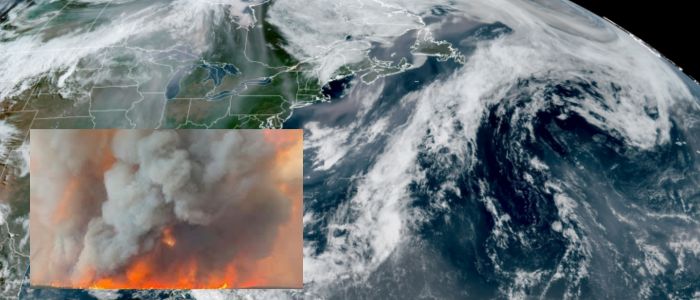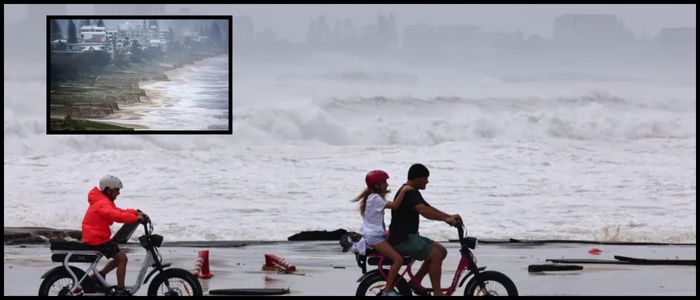Wildfires in Canada Spread Smoke Far and Wide
Wildfires across Canada, from British Columbia to Ontario, continue to burn unchecked, with Manitoba and Saskatchewan seeing some of the most severe conditions. Smoke has blanketed thousands of miles of earth, air, and sea across the borders of Canada. By last Sunday smoke from wildfires had spread over more than 1.2 million square miles across Canada, a twofold increase in just days. About 750,000 square miles of the US was also blanketed in smoke.
This smoke carries with it harmful pollutants, called PM2. 5 — minuscule particles that can be absorbed into the bloodstream or penetrate deep into the lungs. These particles are linked to respiratory problems including bronchitis and can exacerbate heart disease and diabetes. The highest health risk is where the smoke is densest and lowest to the ground, in southern Canada and the Upper Midwest.
Even smoke that reaches high into the atmosphere can cause skies to look murky and block sunlight, though it has less of an impact on air quality. Though most regions of the United States are not experiencing the worst of the smoke, particularly vulnerable groups, including children, remain at risk.
From far upstate New York down to the South has exhibited haze on Tuesday, and more remaining smoke is expected over the Midwest, East, and South on Wednesday. A cold front may usher in a new round of smoke across the north-central US by midweek.
Saharan Dust Cloud Continues to Push in From the Atlantic
A cloud of dust from the Sahara Desert that has been moving across the Atlantic and is overtaking the southeast part of the United States is also expected to reach Florida by early Wednesday as smoke moves in from the north. And it may extend further across the Southeast by Thursday.
In some cases, if Saharan dust and wildfire smoke coincide, skies could become dimmer and air quality may degrade further. Saharan dust also possesses ultrathin particulates like wildfire smoke which can be hazardous to inhale, especially for those with respiratory issues.
Saharan dust is blown into the Atlantic by strong winds from the Sahara Desert – usually between late spring and early fall. Though this dry air can limit hurricane development in the summer, it can also contribute to the reds and oranges of sunrises and sunsets.
This particular dust plume is the largest of several that have been moving across the Atlantic and is the thickest. Dust plumes of this size are not uncommon, although they are typically smaller, according to NWS. This one is larger than those observed in May, but should weaken as it progresses to the US later this week.
















